As an Amazon Associate I earn from qualifying purchases.
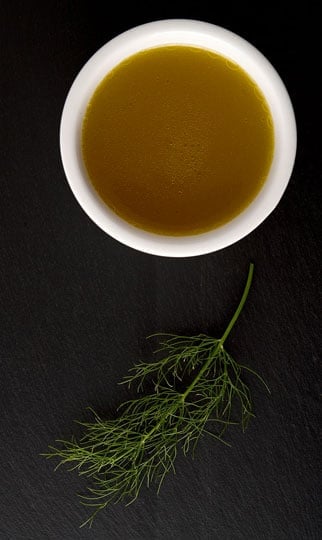
I catch a lot of striped bass, and while I love to eat the fillets, I am always more excited about the heads and bones because they make a surpassing fish stock. And to me, fish stock is one of those zephyrs of the food world, a mystical wonderment that lasts only as long as it takes to make and eat it.
Yes, you can store fish stock, and it’s OK, but never as amazing as when it has been freshly made.
So that means I normally find myself making fish risotto or chowder right off the bat when I have a good haul of stripers, Pacific rockfish or lingcod. The fillets get eaten later. Yes, I am aware this is opposite to what most people do. Pretty typical for me.
Fish stock isn’t like normal stock. It’s a fairly quick affair. My venison stock takes all day, or even overnight. All my fish stock asks of you is 45 minutes or so. Strain and enjoy. A long-simmered fish stock gets cloudy and bitter and fishy. I don’t recommend it.
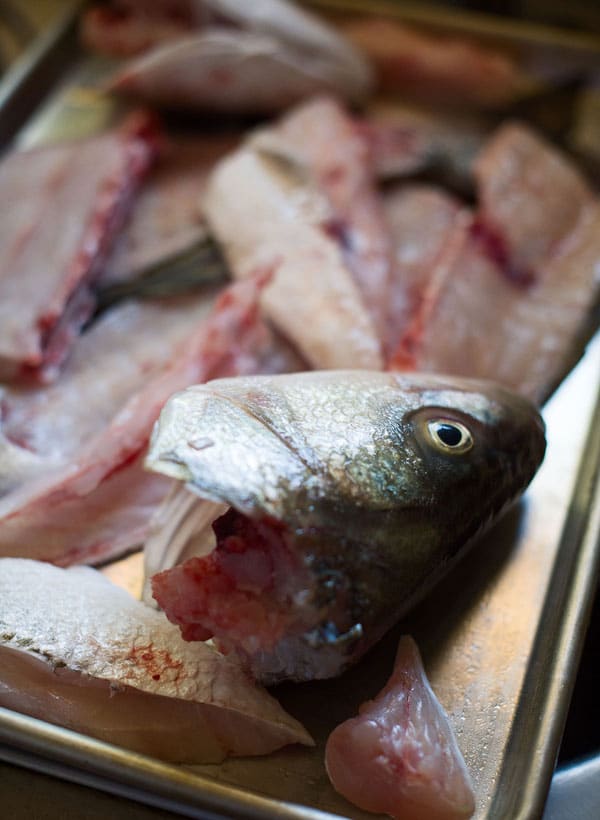
What fish? Really almost anything. I’ve made fish stock with bass, walleye, perch, black seabass, white seabass, lingcod, Pacific rock cod, stripers, tilefish, porgies, redfish, sea trout, spotted bass, bluegills… you get the point.
Be sure to rinse the heads and bones well to remove slime, and be absolutely certain to snip our the gills. Gills in your stock will ruin it, as the blood in them will cloud your stock and give it an “off” flavor very quickly.
Homemade Fish Stock
Ingredients
- 3 tablespoons olive oil
- 1 large onion, chopped
- 1 large carrot, chopped
- 1 fennel bulb, chopped (optional)
- 3 celery stalks, chopped
- Salt
- 2 cups white wine or vermouth
- 2 to 5 pounds of fish bones and heads
- A handful of dried mushrooms (optional)
- 2 to 4 bay leaves
- 1 star anise pod (optional)
- 1 to 2 teaspoons dried or fresh thyme
- 3 or 4 pieces of dried kombu kelp (optional)
- Chopped fronds from the fennel bulb
Instructions
- Heat the olive oil in a large stockpot over medium-high heat. When the oil is hot, add the chopped vegetables and cook, stirring often, until they are all soft, but not browned. This should take about 10 minutes or so.
- Add the white wine and all the remaining ingredients, plus enough water to cover everything by about an inch or two. Bring to a simmer, then drop the heat to a bare shimmy, about 175°F if you want to be precise. It should not boil under any circumstances, and keep an eye on things to ensure that it doesn't. Simmer like this for 45 minutes to 1 hour, no more.
- Turn the heat as low as it will go. Set a fine mesh strainer over a big bowl, then put a piece of paper towel or cheesecloth in the strainer. Ladle the stock through this set-up into the bowl. When you get to the bottom, skip the dregs down there, as they will be filled with sediment. The stock will never be as good as it is right now, but it can be refrigerated for up to a week and frozen for up to 6 months.
Video
Notes
Nutrition
Nutrition information is automatically calculated, so should only be used as an approximation.
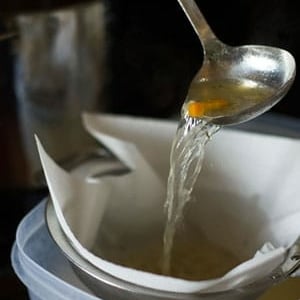
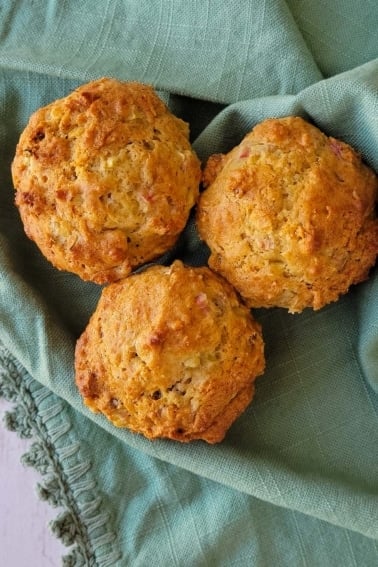

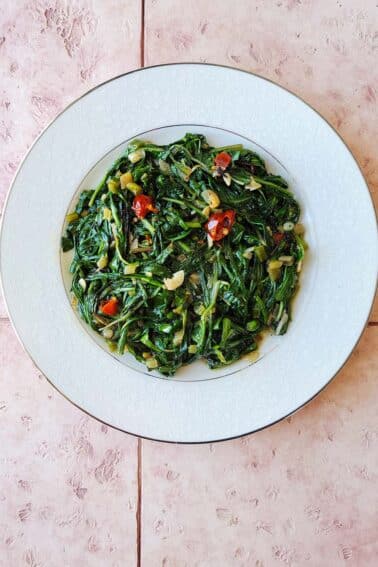
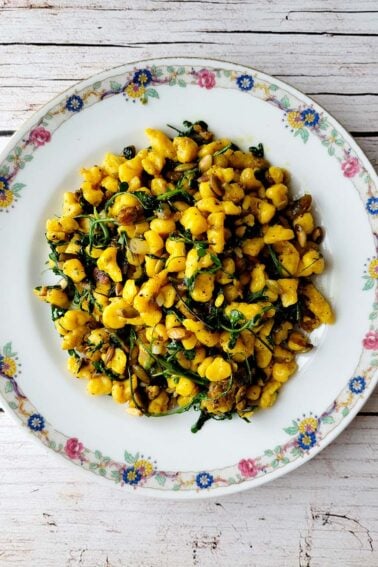
Hi Hank, thanks for an interesting read, you obviously know your stuff! I live in Namibia, south western coast of Africa, and have been fishing my whole life (1958 model). I firmly believe that it is our God-given obligation to use as much of any animal whose life we end in order to feed us – it is a matter of respect.
We do not have a large variety of fish along our upwelling coast, but we have plenty quantity. One of our shore-angling species which is ideally suited to a fish broth/soup is the ‘steenbras’, slightly similar to some of your snapper species with firm, white flesh. I use ALL leftovers of this fish after descaling and filleting safe the gills, intestines and scales, but I make sure that there is no blood left in the gill area of the head or above the stomach cavity – a thin, stiff brush does the job for me.
Similar to your recipe, I simmer all the left-overs together with bay leave, star anise, fennel seeds, pepper corns, onion, carrot and celery, then I saute a finely chopped onion, a carrot and some celery stalks in a stock pot and pour the stock through a sieve/colander into the stock pot. I then add 250g of red lentils as well as 4 or five chopped-up medium potatoes to the liquid as a thickening agent and simmer for another half hour before homogenizing everything with a hand blender. I then add my white wine, a hand-full of fresh chopped dill or fennel and/or parsley and let the stock simmer for about 10 minutes, then add some fresh cream or coconut cream before serving. Somefreshly ground nutmeg at this stage always lifts up the flavour. I normally enjoy this with some croutons made from ciabata bread. This also makes an ideal soup to heat oneself up when fishing in inclement weather!
I have started a platform on facebook called ‘Seafood Lovers Namibia’ recently and invite you to explore some of our ways of preparing seafood.
Joerg: Very cool, thanks for that note.
Hi Hank
I made this fish stock following directions exactly, no gills, no boil and it cam out cloudy and tasteless. Did I possibly use too much olive oil and that is why it’s cloudy? I also used fresh caught today pollock heads. All I can taste is the fennel. Any suggestions?
Marcia: Yes, that can cloud a stock. I don’t use much at all. But it should still be flavorful. Not sure what might have happened there.
Do you leave the eyeballs in the fish head to make stock?
Sherri: Yes, I do. You strain the stock anyway, so they are not in the final broth.
Thanks for sharing! Do you pick the meat off the bones and add back to the soup?
Leslie: Many times, yes.
Hey there Hank!
I made this but ended up using old salted and smoked arctic cod that I had forgotten about and that had been badly freezer burnt. The flavor is incredible (well mostly), but it’s really salty. My first thought is just to make more and mix it together. Or would salty fish stock have any other purpose? Any recommendations? Thanks a bunch Hank!
Curious: can one use coarse fish, like pike-minnow, for example? also, dummies put goldfish in lakes here, would they do? ditto perch, etc…. nice to find a use for them.
Dave: Absolutely. That’s a great use for them.
do you add the skin and the intestines when making fish stock?
Susyn: Skin yes, intestines no.
Hi Hank, your recipe for the stock shows great sensitivity and a subtlety of touch, like the use of creative ingredients and the strict admonition regarding time and temperature. Coming from an avid outdoorsman, this shows you to be a true renaissance man. Respect to you for this very nice stock, which observes its much more than boiling a fish head. I used the body of a 32” striper which lent a great sense of abundance and a nice rich character. I broke down and cut up one of the fillets for my New England fish chowder and it just blew the lid completely off. The secret was the stock.
Stocks are a great way to make the most out of any harvest. This recipe makes a delicious stock that will enhance many dishes.
In reply to Marion Voysey April 12, 2022. Do not use jars that have shoulders (curves at the top) in the freezer. Use straight sided mason jars. If you deceide to use jars with shoulders , leave 1-2 inches of space BELOW the shoulder.
Mr. Shaw,
I stumbled across your website and am wondering “where has this been my whole life?” If I freeze my stock in my sub zero freezer. How long will it keep for and, should I freeze it in zip lock freezer bags?
Thanks,
Robert: About three months before it starts to get fishy. I freeze in quart Mason jars with about 2 inches of headspace, to allow for expansion.
Mr. Shaw,
Thank you so much and, keep up the good work.
Haven’t tried your recipe yet (just found it/ your site), but I will. Have a Q about freezing stock/soup in Mason jars. Do you need a special jar? Do you freeze the contents w’ the jar uncovered and then, once all’s frozen, put the lids on? I’ve used the jars labelled “Mason” that Classico pasta sauce comes in and they’ve cracked in the freezer, so I assume I’ve done some things incorrectly. TIA, Marion
Marion: Yes, I freeze in normal jars. You just need to leave more space than you think, like a full inch or even more, to allow the stock to expand when it freezes.
Is it ok to can the stock? I’m trying to clean out my freezer. I have seven halibut heads that I kept for this purpose
Tricia: Yes, you can pressure can it.
Hi Hank,
I am looking for a recipe for canning fish stock, can’t find one any where that gives the amount of time to keep the jars under pressure. Can you help me with this? Thanks, Jerry
Jerry: Sure. The standard is 25 minutes under pressure, not including the venting time or the time it takes to get to your pressure, which is 10 PSI where I live (close to sea level).
I’m from northern Canada where we have and eat a lot of gish. I’ve made stock from beef, turkey and chicken bones but never fish cause I don’t know what to use it with. But now am going to make some. What will I use or make with the stock once it’s done?
Rita: Mostly soup, or cook rice with it.
Just discovered your site: fantastic. I want to make japanese fish “jelly” to put on rice. It’s like an aspic, using only the collagen from the animal product used. Can I continue to reduce the stock after straining to increase the density? I’m really trying not to add gelatin.
Edward: Maybe? A much better way is to rely almost exclusively on fish heads, once the gills are removed. If you use this recipe with heads only, the stock will set up firmly when cold.
We leave the lid off, right? I’ve made a few lately and did leave it covered and I was disappointed how watery it was – a whole 40 Hali frame and not much taste. And you can’t keep simmering it down to concentrate it either.. argh!
I made this stock day one using just a single striped bass carcass and chilled it overnight to use in a (fantastic) cioppino the next day. It was softly gelled with just the one fish worth of bones. Not the hard jelly you can cut like a long cooked chicken stock but definitely plenty of gelatin.
hey there, love the recipe, just want to say i used it with an albacore tuna head and frame and it was delicious1 best stock ive eaten. back here referencing it to make with a southern blue fine tuna and banded morwong
When I make stock I have never taken the time to sauté my veggies, I always throw them in whole with everything else, but I am not a chef, so my question is “does chopping & sauté and deglazing add depth to the flavor of the stock?”
Signed, A lazy cook
Brenda: Yes, it does. But if you are making a stock to build on, no need. If you are making a broth to use as-is, sauté the vegetables.
1st time making fish stock. Want/need it for bouillabaisse. Came out delicious and quite easy. Left out star anise, fennel and kelp as I didn’t have.
Fish store gave me all the bones from a couple of fish I had them fillet plus some others they had just cleaned. Had about 6 pounds. Wish me luck tomorrow:)
This fish stock recipe is so good it brought a tear to the eye. One of the best foods of all time, period.
Unbelievably delicious! I used this recipe as a guide more than an exact instruction manual.
This first difference is that I used yellowfin tuna collars and the bony part of the toro / ventral fins. Highly recommend.
I also made a traditional dashi from the kombu and bonito flakes beforehand, so I could add it instead of water when the liquid went in.
Lastly, in addition to deglazing with the white wine, I also dropped a few Tbsps of fish sauce in.
Overall 11/10. Possibly the best stock I’ve ever made.
I’m really glad you posted this comment. I am getting ready to make my first fish stock and was wondering how the use of tuna would turn out. Not sure about how to make dashi though.
Tammy: You can’t really make dashi from tuna. The problem is that the bonito used in dashi is salted, fermented and dried hard as a rock, then shaved thin to make the dashi. A very difficult process to replicate at home.
Used this recipe as a guide for my first fish stock. Wild caught striped bass from New Brunswick Canada that I bought at a local fish shop in Montreal.
It has turned out great thanks to your tips, specifically simmer simmer simmer. Look forward to using fennel next time as I’m sure it adds an aromatic flavour that blends well with fish.
Any ideas for a substitute for the 2 cups of white wine/vermouth. I have everything else, but need a non-alcoholic option to make the fish stock. I want to use it to make your Southern Fish Stew using freshwater drum I plan to catch and keep next week. I catch a lot of them here in Fargo, ND but always let them go.
Jeff: Just skip the white wine, it’ll be fine.
Can you use the whole fish for stock? Namely, a whole tilapia?
Mary: Yes, but you need to remove any guts and the gills. Those things will wreck your stock if they are included. You can easily remove the gills with kitchen shears.